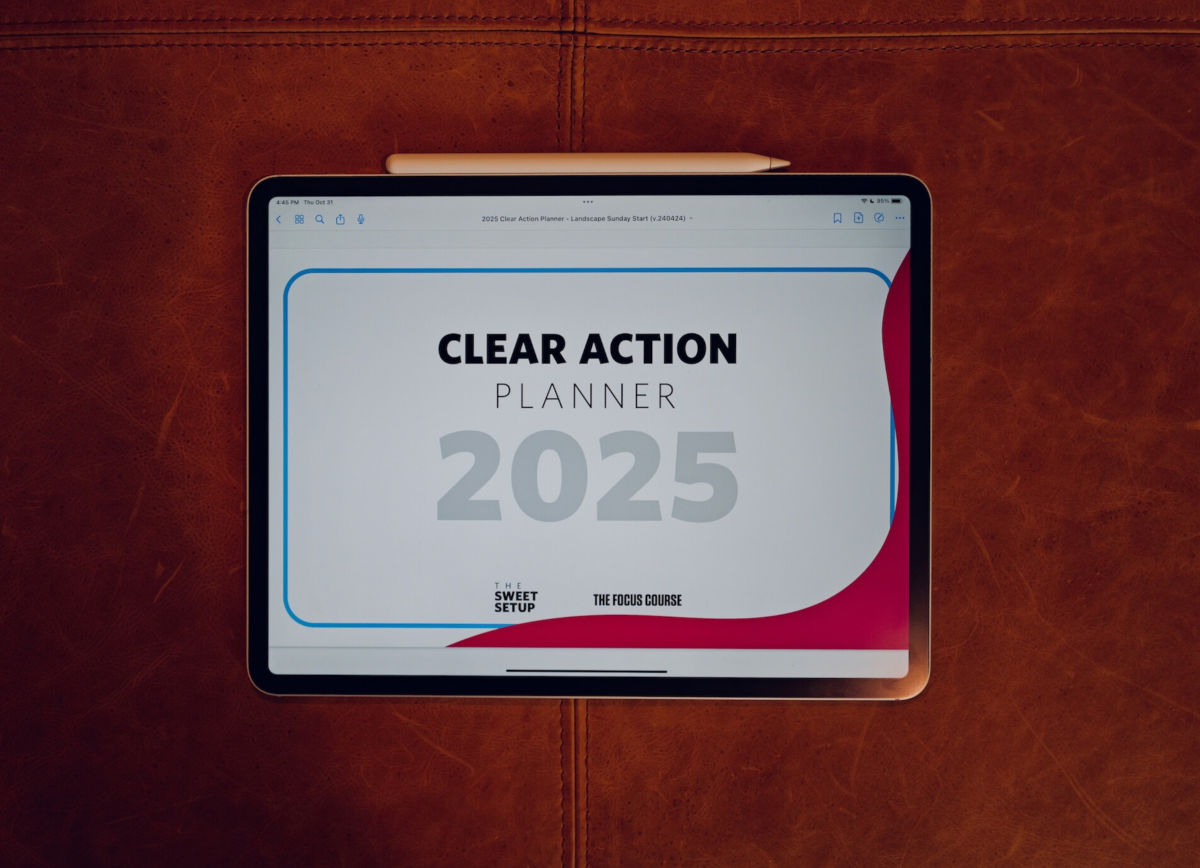The Role of the Appointed Person vs. a Trained First Aider

Workplace safety is paramount. While we hope accidents and emergencies never occur, being prepared for them is crucial. One key distinction that can sometimes cause confusion in workplace safety is the difference between the role of an appointed person and a trained first aider. Understanding these roles and how they complement each other can help ensure a safer environment for everyone.
In this article, we’ll dive deep into what each role involves, how they differ, and why both are essential for any workplace. Along the way, we'll discuss the importance of safety training, like the NEBOSH course, and how it equips individuals with the knowledge to handle emergency situations with confidence.
Read More about NEBOSH Course Fee
What is an Appointed Person?
An appointed person is someone designated in the workplace to take control in the event of an emergency. This individual doesn't necessarily need to have advanced medical training, but they are trained to manage emergency situations until professional help arrives. The appointed person's responsibilities typically involve:
-
Calling emergency services (like an ambulance or fire department)
-
Ensuring the area is safe for others and the emergency services to enter
-
Administering basic first aid if needed, though their main focus is on managing the emergency until help arrives
While an appointed person doesn't have to be a fully trained first aider, they are a vital link in the chain of workplace safety. Their role is about managing the situation, keeping calm, and making sure help is on the way.
When is an Appointed Person Required?
An appointed person is often needed in workplaces where medical emergencies can occur, but there is no immediate access to healthcare professionals. They are typically found in industries where quick actions can make the difference between a minor incident and a serious injury. These include:
-
Construction sites
-
Factories and warehouses
-
Offices with high-risk equipment
For example, imagine a construction site where a worker sustains an injury. The appointed person would be the first to react, calling emergency services and making sure the worker is in a safe position until paramedics arrive.
The Role of a Trained First Aider
A trained first aider is someone who has undergone specific training to provide medical care in emergencies. Their role goes beyond the basic emergency response that an appointed person handles. A trained first aider has received more in-depth training and is capable of providing life-saving techniques in the case of serious injuries. Their responsibilities include:
-
Assessing the condition of the injured person
-
Performing CPR (Cardiopulmonary Resuscitation)
-
Applying bandages or other first-aid measures
-
Assisting in the treatment of wounds or fractures
-
Managing medical conditions such as heart attacks, strokes, or severe allergic reactions
Why is Being a Trained First Aider Important?
In many workplaces, having a trained first aider is not only a good practice but often a legal requirement. Having an individual on site with these skills can make a life-saving difference in emergency situations. Take, for example, a scenario where someone experiences a heart attack at the workplace. A trained first aider can administer CPR and keep the individual alive until the ambulance arrives, possibly saving their life.
The difference here is that a trained first aider is equipped to deal with injuries and health issues at a deeper level. Their training enables them to provide immediate care in a way that the appointed person may not be qualified to do.
Differences Between an Appointed Person and a Trained First Aider
While both roles are crucial in emergency response situations, they differ significantly in terms of responsibility and training. Here's a breakdown of the differences:
Training and Qualifications
-
Appointed Person: Basic training focused on emergency management and calling for help.
-
Trained First Aider: Advanced training that includes medical procedures such as CPR, wound care, and the management of specific health emergencies.
Level of Responsibility
-
Appointed Person: Primarily responsible for making emergency calls, managing the scene, and ensuring safety.
-
Trained First Aider: Directly responsible for providing first aid, stabilizing the injured person, and offering medical assistance until professional help arrives.
Emergency Response
-
Appointed Person: Primarily ensures that emergency services are contacted and helps control the situation until help arrives.
-
Trained First Aider: Actively treats injuries, provides first aid, and manages the medical needs of the injured person.
Practical Example
Imagine a worker in a factory who gets a serious cut from a machine. The appointed person will quickly call for an ambulance and ensure the worker is in a safe position. Meanwhile, the trained first aider will stop the bleeding, bandage the wound, and assess the worker’s condition until the ambulance arrives.
Why Both Roles are Important in the Workplace
In any workplace, whether it's a high-risk environment like construction or a low-risk office, both an appointed person and a trained first aider are crucial for maintaining a safe environment. Here’s why:
-
First Responders in an Emergency: Both roles ensure that someone is immediately available to help when an emergency occurs. The appointed person manages the situation while the trained first aider addresses immediate medical needs.
-
Filling Gaps in Workplace Safety: A workplace can never have too many people prepared to deal with emergencies. Having multiple individuals trained in first aid can help prevent delays in getting help.
-
Legal Compliance: Many workplaces are required by law to have designated first aiders and appointed persons, depending on the industry and the level of risk.
How to Ensure Your Workplace is Properly Prepared
Now that we understand the roles of the appointed person and trained first aider, it’s important to ensure your workplace is fully prepared for emergencies. Here’s a step-by-step guide on what you can do to improve your workplace safety:
Step 1: Identify the Needs of Your Workplace
Every workplace is different, and the level of risk will vary depending on the industry. For example, a construction site will have different first-aid needs compared to an office. Conduct a risk assessment to identify potential hazards and determine the number of first aiders and appointed persons required.
Step 2: Train Your Staff
Training is critical. For those in higher-risk industries, it’s essential that a certain number of staff members are trained in first aid. You might also want to look into additional training like the NEBOSH course to help employees understand workplace hazards better.
Step 3: Assign Roles Clearly
Make sure employees know who the appointed persons and first aiders are. Having clear roles helps reduce confusion in an emergency situation.
Step 4: Regularly Update Your Safety Plans
Workplace safety should be an ongoing effort. Regularly review and update your safety protocols, ensuring all first aid supplies are stocked and employees are up-to-date with their training.
Step 5: Create a Culture of Safety
Encourage employees to report hazards, attend safety training sessions, and stay vigilant about safety. A culture of safety reduces the chances of accidents happening in the first place.
Step 6: Ensure Access to Emergency Equipment
Ensure that first aid kits, automated external defibrillators (AEDs), and emergency exits are easily accessible to everyone. Having the right equipment can make all the difference in an emergency.






































































































![Building A Digital PR Strategy: 10 Essential Steps for Beginners [With Examples]](https://buzzsumo.com/wp-content/uploads/2023/09/Building-A-Digital-PR-Strategy-10-Essential-Steps-for-Beginners-With-Examples-bblog-masthead.jpg)
















































